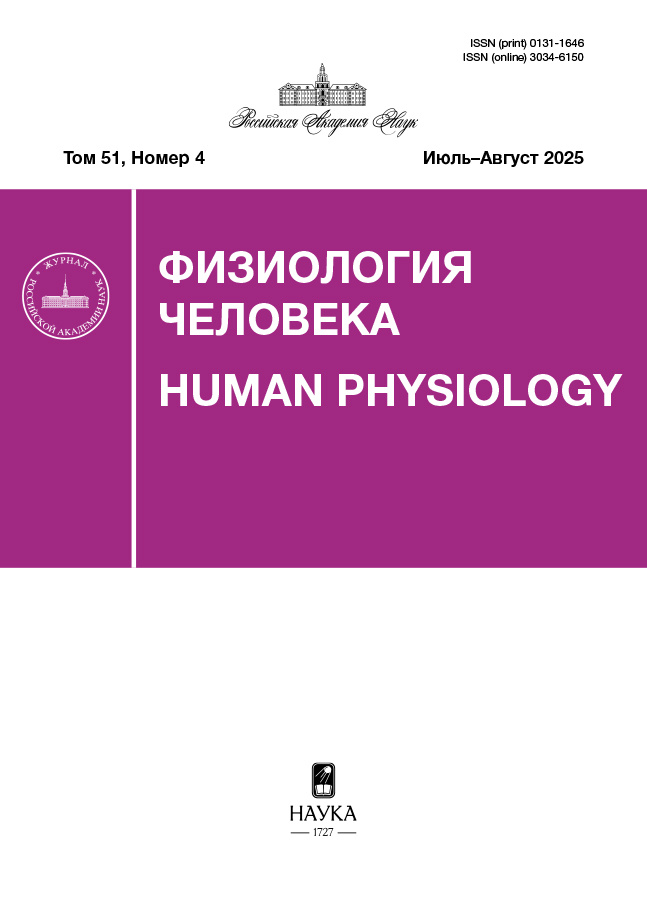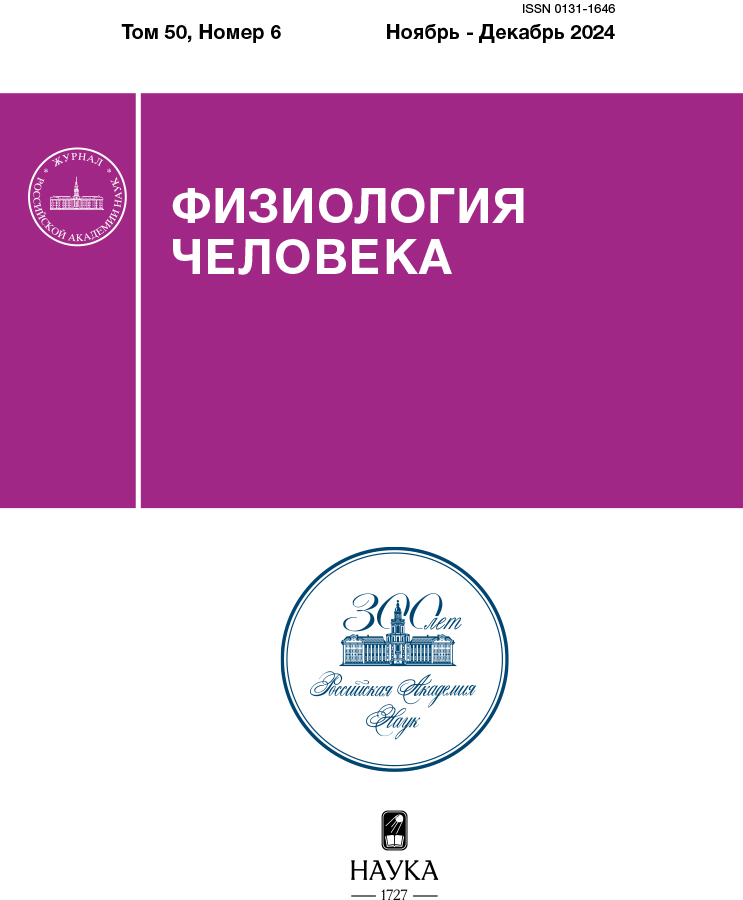Change in the Area of the Plantar Surface of the Foot as an Indicator of its Functional State in Children
- Authors: Khramtsov P.I.1, Kurgansky A.M.1
-
Affiliations:
- National Medical Research Center for Children’s Health
- Issue: Vol 50, No 6 (2024)
- Pages: 44-51
- Section: Articles
- URL: https://ruspoj.com/0131-1646/article/view/664084
- DOI: https://doi.org/10.31857/S0131164624060051
- EDN: https://elibrary.ru/AGGLLV
- ID: 664084
Cite item
Abstract
The widespread occurrence of disorders and diseases of the musculoskeletal system in children determines the need to study the functional state of the foot in the process of preventive and health-improving measures and in the hygienic assessment of factors of foot formation, including the influence of wearing children's shoes of different designs and weights. The aim of the study was to evaluate the functional state of the musculoskeletal system of the foot in children using standard functional physical activity. The study was conducted with the participation of 57 children aged 7–10 years. The functional load consisted in the maximum lifting the heels, standing on the toes, simultaneously 2 feet in the amount of 25 times at the pace of 1 cycle (stand on your toes and go down) in 2 s. The area of the plantar surface of the foot was determined using the podobarography method, the condition of the arch of the foot – using the plantography method. It was found that under the influence of the load, the area of the right foot did not significantly change – 82.33 ± 1.58 and 81.70 ± 1.74 cm2 (p = 0.642), the area of the left foot decreased from 86.72 ± 1.50 to 81.93 ± 1.44 cm2 (p = 0.000). For the right leading foot, this load turned out to be insignificant, which can be characterized as a manifestation of the “functional rigidity” of the foot in response to the load. For the left foot, the load caused a reaction of mobilization of the musculoskeletal system. The change in the area of the right foot before and after the load, depending on the condition of the arch of the foot, also turned out to be insignificant. For the left foot, in the normal state of the arch of both feet, the area after loading decreased from 80.31 ± 2.27 to 76.14 ± 2.55 cm2 (p = 0.022), with flattening – from 92.78 ± 3.88 to 88.50 ± 3.55 cm2 (p = 0.028), with flat feet – from 90.17 ± 5.35 to 84.25 ± 5.49 cm2 (p = 0.050). The change in the area of the plantar surface of the foot in response to physical exertion can be used to study the functional state of the musculoskeletal system of the foot during preventive medical examinations, evaluation of the effectiveness of preventive and corrective technologies, as well as in the hygienic evaluation of the design of children's shoes.
Keywords
Full Text
About the authors
P. I. Khramtsov
National Medical Research Center for Children’s Health
Author for correspondence.
Email: pikhramtsov@gmail.com
Russian Federation, Moscow
A. M. Kurgansky
National Medical Research Center for Children’s Health
Email: kurgansk@yandex.ru
Russian Federation, Moscow
References
- Hill M., Healy A., Chockalingam N. Key concepts in children's footwear research: a scoping review focusing on therapeutic footwear // J. Foot Ankle Res. 2019. V. 12. doi: 10.1186/s13047-019-0336-z 3628.
- Inarejos C., Aparisi Gómez M.P., Catala March J., Restrepo R. Ankle and foot deformities in children // Semin. Musculoskelet. Radiol. 2023. V. 27. № 3. P. 367.
- Jiang H., Mei Q., Wang Y. et al. Understanding foot conditions, morphologies and functions in children: a current review // Front. Bioeng. Biotechnol. 2023. V 11. P. 1192524.
- Tileston K., Baskar D., Frick S.L. What is new in pediatric orthopaedic foot and ankle // J. Pediatr. Orthop. 2022. V. 42. № 5. P. e448.
- Martín-Casado L., Aldana-Caballero A., Barquín C. et al. Foot morphology as a predictor of hallux valgus development in children // Sci. Rep. 2023. V. 13. № 1. P. 9351.
- Williams C.M., Menz H.B., Lazzarini P.A. et al. Australian children's foot, ankle and leg problems in primary care: a secondary analysis of the Bettering the Evaluation and Care of Health (BEACH) data // BMJ Open. 2022. V. 12. № 7. P. e062063.
- Brucato M.P., Lin D.Y. Pediatric Forefoot Deformities // Clin. Podiatr. Med. Surg. 2022. V. 39. № 1. P. 73.
- Khramtsov P.I., Barsukova N.K., Kurgansky A.M. [Computer posturography in hygienic research of child shoes] // Problems of School and University Medicine and Health. 2020. № 2. P. 56.
- Skaaret I., Steen H., Niratisairak S. et al. Postoperative changes in vertical ground reaction forces, walking barefoot and with ankle-foot orthoses in children with Cerebral Palsy // Clin. Biomech. (Bristol, Avon). 2021. V. 84. P. 105336.
- Guner S., Alsancak S., Güven E., Özgün A. Assessment of five-foot plantar morphological pressure points of children with cerebral palsy using or not dynamic ankle foot orthosis // Children (Basel). 2023. V. 10. № 4. P. 722.
- Mueller J., Richter M., Schaefer K. et al. How to measure children's feet: 3D foot scanning compared with established 2D manual or digital methods // J. Foot Ankle Res. 2023. V. 16. № 1. P. 21.
- Fujimaki T., Wako M., Koyama K. et al. Prevalence of floating toe and its relationship with static postural stability in children: The Yamanashi adjunct study of the Japan Environment and Children's Study (JECS-Y) // PLoS One. 2021. V. 16. № 3. P. e0246010.
- Andreeva A., Melnikov A., Skvortsov D. et al Postural stability in athletes: The role of age, sex, performance level, and athlete shoe features // Sports. 2020. V. 8. № 6. P. 89.
- Patil M., Bhat V., Bhatia M. et al. New methods and parameters for dynamic foot pressure analysis in diabetic neuropathy / Proceedings of the 19th annual international conference of the IEEE engineering in medicine and biology society. “Magnificent milestones and emerging opportunities in medical engineering”, Chicago, IL, USA, 1997. V. 4. P. 1826. doi: 10.1109/IEMBS.1997.757085
- Tsung B.Y.S., Zhang M., Fan Y., Boone D. Quantitative comparison of plantar foot shapes under different weight-bearing condition // J. Rehabil. Res. Dev. 2003. V. 40. № 6. P. 517.
- Chuckpaiwong B., Nunley J.A., Mall N.A., Queen R. The effect of foot type on in-shoe plantar pressure during walking and running // Gait Posture. 2008. V. 28. № 3. P. 405.
- Fourchet F., Girard O., Kelly L. et al. Changes in leg spring behaviour, plantar loading and foot mobility magnitude induced by an exhaustive treadmill run in adolescent middle-distance runners // J. Sci. Med. Sport. 2015. V. 18. № 2. P. 199.
- Cen X., Liang Z., Gao Z. et al. The influence of the improvement of calf strength on barefoot loading // J. Biomimetics Biomat. Biomed. Eng. 2019. V. 40. P. 16.
- Grombah S.M., Kardashenko V.N. [Guide to hygiene for children and adolescents]. M.: Medicine, 1964. 512 p.
- Mesquita P.R., Neri S.G.R., Lima R.M. et al. Running and walking foot loading in children aged 4–10 year // J. Appl. Biomech. 2019. V. 35. № 4. P. 241.
- Baevskij R.M. [Prediction of conditions on the border between normal and pathological]. M.: Medicine, 1979. 298 p.
- Gumener P.I. [Principles and methods of regulating physiological functions in adolescents in the process of activity / Methods of biocybernetic analysis of the functional state of adolescent athletes] // Eds. Serdjukovskaja G.N., Gumener P.I. M.: Int. of Hygiene of children and adolescents, 1977. P. 7.
- Khramtsov P.I., Kurgansky A.M. [Functional stability of the vertical posture in children depending on foot arch condition] // Ann. Russ. Acad. Med. Sci. 2009. № 5. P. 41.
- Kasper-Jedrejewska M., Jędrzejewski G., Ptaszkowska L. et al. The rolf method of structural integration and pelvic floor muscle facilitation: preliminary results of a randomized, interventional study // J. Clin. Med. 2020. V. 9. № 12. P. 3981.
- Schleip R., Gabbani G., Wilke J. et al Fascia is able to actively contract and may thereby influence musculoskeletal dynamics: A histochemical and mechanographic investigation // Front. Physiol. 2019. V. 10. P. 336.
- Tak-Man Cheung J., Zhang M., An K.-N. Effects of plantar fascia stiffness on the biomechanical responses of the ankle–foot complex // Clin. Biomech. (Bristol, Avon). 2004. V. 19. № 8. P. 839.
- Schleip R., Naylor I.L., Ursu D. et al. Passive muscle stiffness may be influenced by active contractility of intramuscular connective tissue // Med. Hypotheses. 2006. V. 66. № 1. P. 66.
Supplementary files












